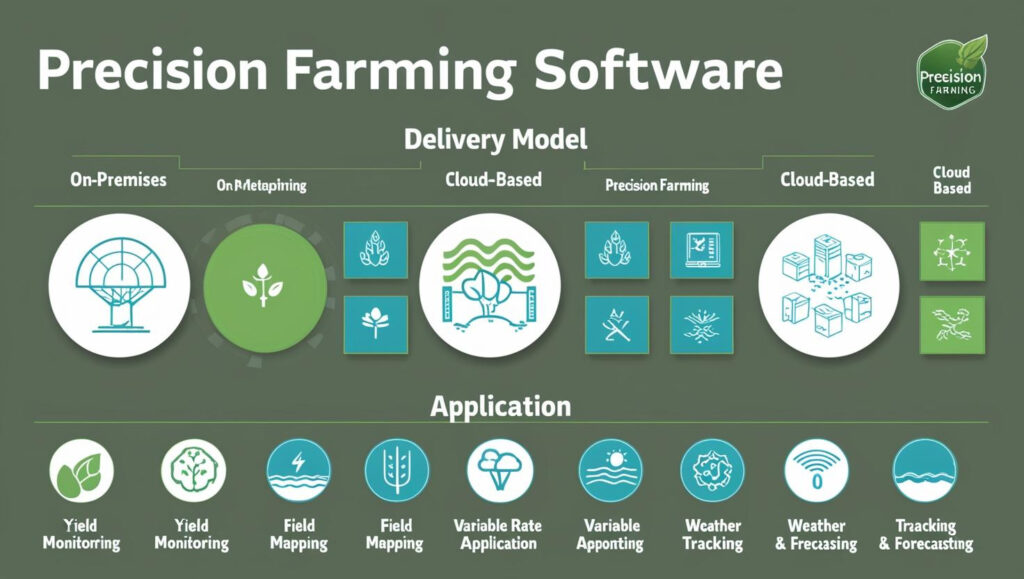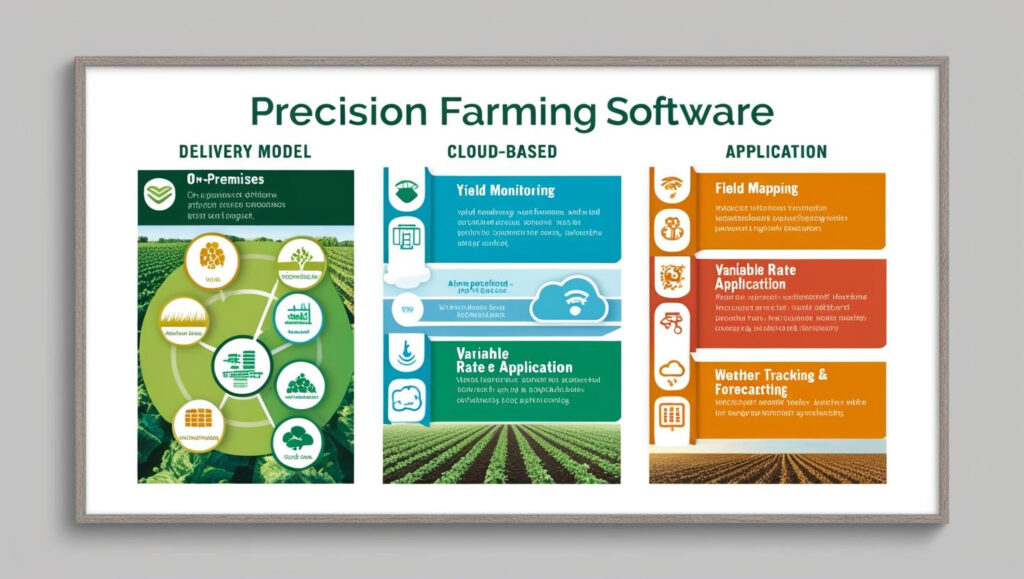Precision farming has transformed modern agriculture by integrating advanced technologies such as artificial intelligence (AI), big data, the Internet of Things (IoT), and geographic information systems (GIS) to optimize farming operations. At the heart of this transformation lies precision farming software, which provides real-time data analytics, automation, and remote monitoring for efficient farm management.
As the global population continues to rise and climate change impacts agricultural productivity, the demand for precision farming software is expected to surge. However, alongside its growth potential, the industry faces significant challenges. This article explores the opportunities and challenges shaping the precision farming software market outlook.
Download PDF Brochure @ https://www.marketsandmarkets.com/pdfdownloadNew.asp?id=88781005

Opportunities in the Precision Farming Software Market
1. Rising Adoption of Smart Farming Technologies
Farmers are increasingly leveraging cloud-based farm management software, AI-powered analytics, and IoT-driven sensors to enhance crop productivity and optimize resource utilization. The integration of drones, automated irrigation systems, and remote sensing technologies has further driven demand for precision farming software solutions.
2. Growing Need for Sustainable Agriculture
Sustainability concerns are pushing farmers toward data-driven decision-making to reduce water usage, minimize chemical inputs, and lower greenhouse gas emissions. Precision farming software enables variable rate technology (VRT), allowing precise application of fertilizers and pesticides, which enhances sustainability while improving yields.
3. Government Initiatives and Subsidies
Several governments worldwide are promoting smart agriculture through subsidies and incentives. Programs encouraging farmers to adopt precision agriculture technologies create significant growth opportunities for software providers. For example, in the U.S., the Farm Bill supports research and adoption of precision farming tools.
4. Increasing Investment in AgTech Startups
Venture capitalists and technology giants are heavily investing in AgTech startups, driving innovation in precision farming software. Companies like Trimble, John Deere, and Ag Leader Technology are expanding their software capabilities, integrating AI and machine learning for advanced decision support.
5. Expansion of Cloud Computing and Connectivity
The widespread adoption of cloud-based farming software allows farmers to access real-time data from anywhere. Enhanced 5G connectivity and satellite-based technologies are further strengthening the data-driven agricultural ecosystem, making it easier for farmers to adopt and implement precision farming solutions.

Challenges in the Precision Farming Software Market
1. High Initial Investment Costs
While precision farming software offers long-term benefits, high initial costs remain a significant barrier, especially for small-scale farmers. The integration of sensors, GPS systems, and data analytics platforms requires substantial investment, making affordability a challenge.
2. Limited Digital Infrastructure in Rural Areas
Many agricultural regions, particularly in developing countries, lack reliable internet connectivity and digital infrastructure. Without high-speed internet, accessing cloud-based precision farming software becomes difficult, limiting market growth in remote areas.
3. Data Security and Privacy Concerns
The collection and analysis of farm data raise concerns about data privacy and security. Farmers worry about unauthorized access, cyber threats, and misuse of sensitive agricultural data by technology providers or third parties. Addressing these concerns is crucial for increasing adoption.
4. Lack of Technical Knowledge and Training
A significant challenge is the lack of technical expertise among farmers to operate precision farming software effectively. Many farmers require training on software usage, data interpretation, and technology integration, creating a need for educational programs and support services.
5. Compatibility Issues with Existing Equipment
Farmers often use multiple brands of agricultural machinery and sensors, leading to compatibility challenges between different hardware and software solutions. Standardization and interoperability among various systems remain a key challenge for precision farming software providers.
The precision farming software market presents immense opportunities for agricultural efficiency, sustainability, and profitability. Advancements in AI, IoT, cloud computing, and data analytics are driving the sector’s rapid growth. However, challenges such as high costs, data security concerns, and technical barriers must be addressed to accelerate widespread adoption.
As technology continues to evolve and governments, startups, and industry leaders collaborate to overcome these challenges, the precision farming software market is poised for significant expansion in the coming years.